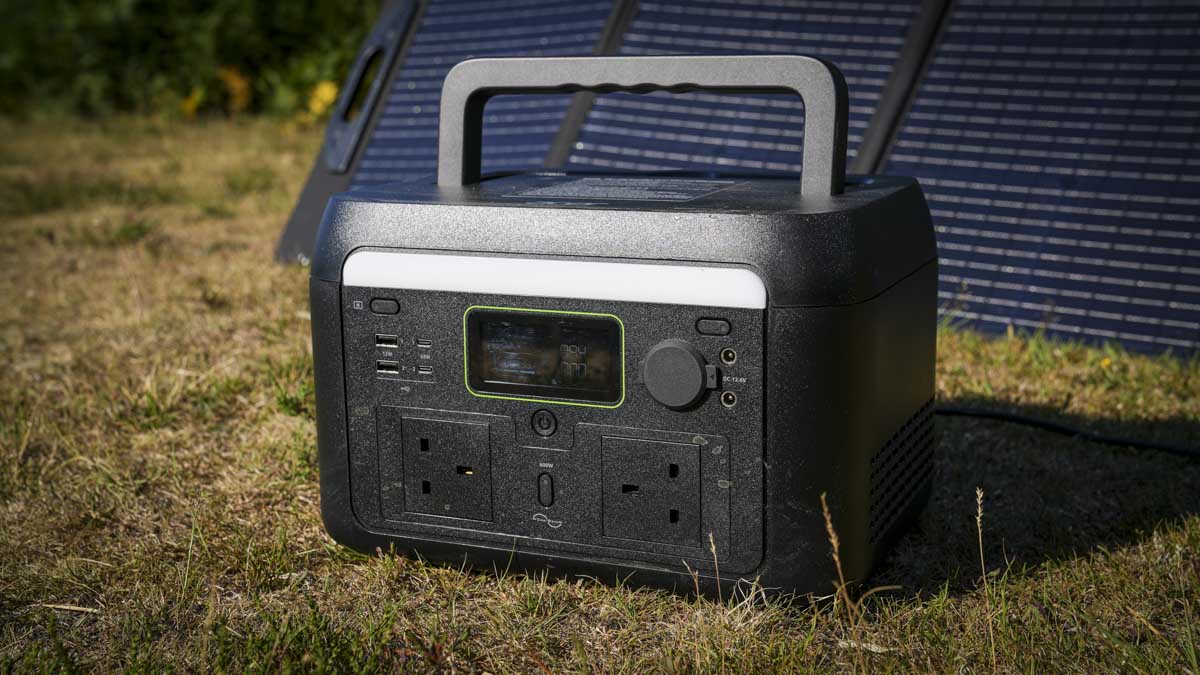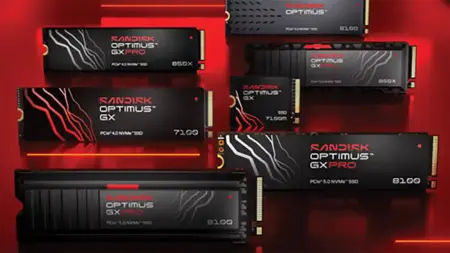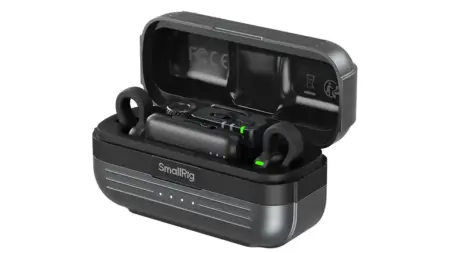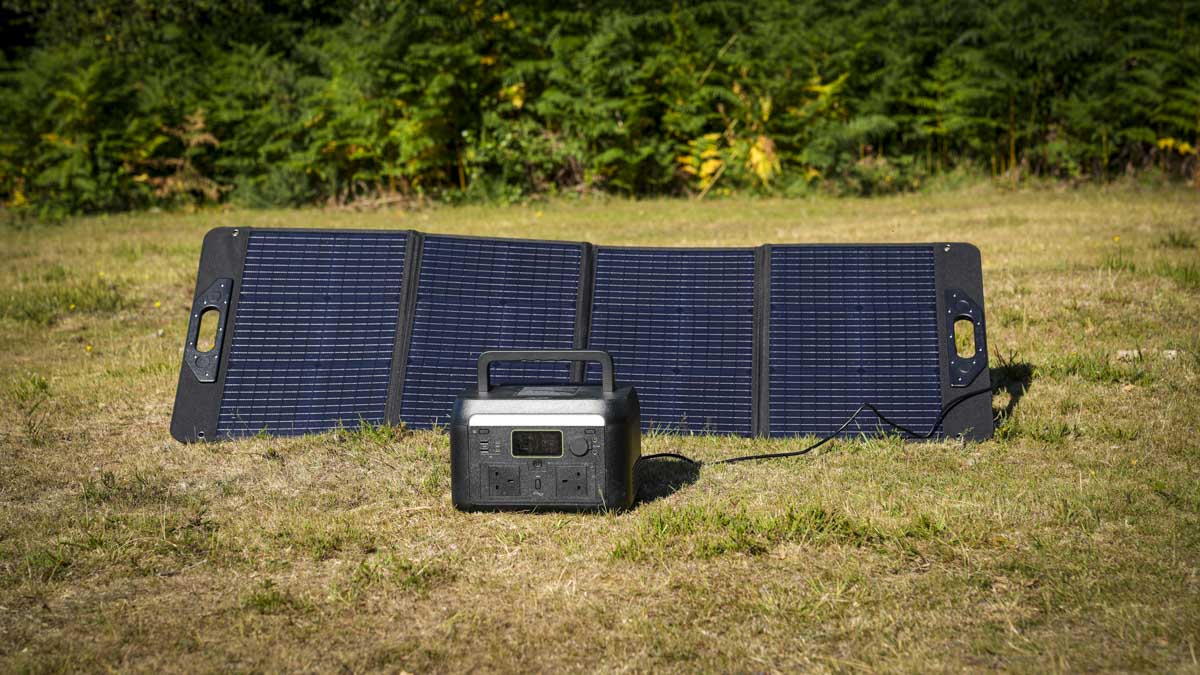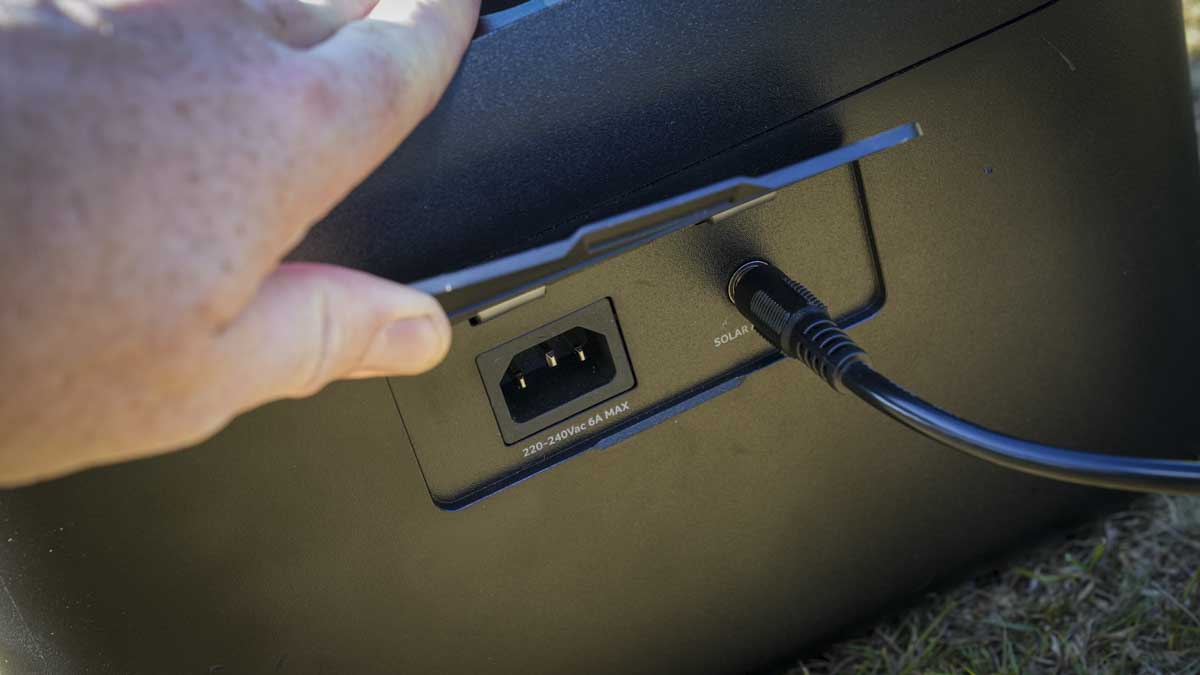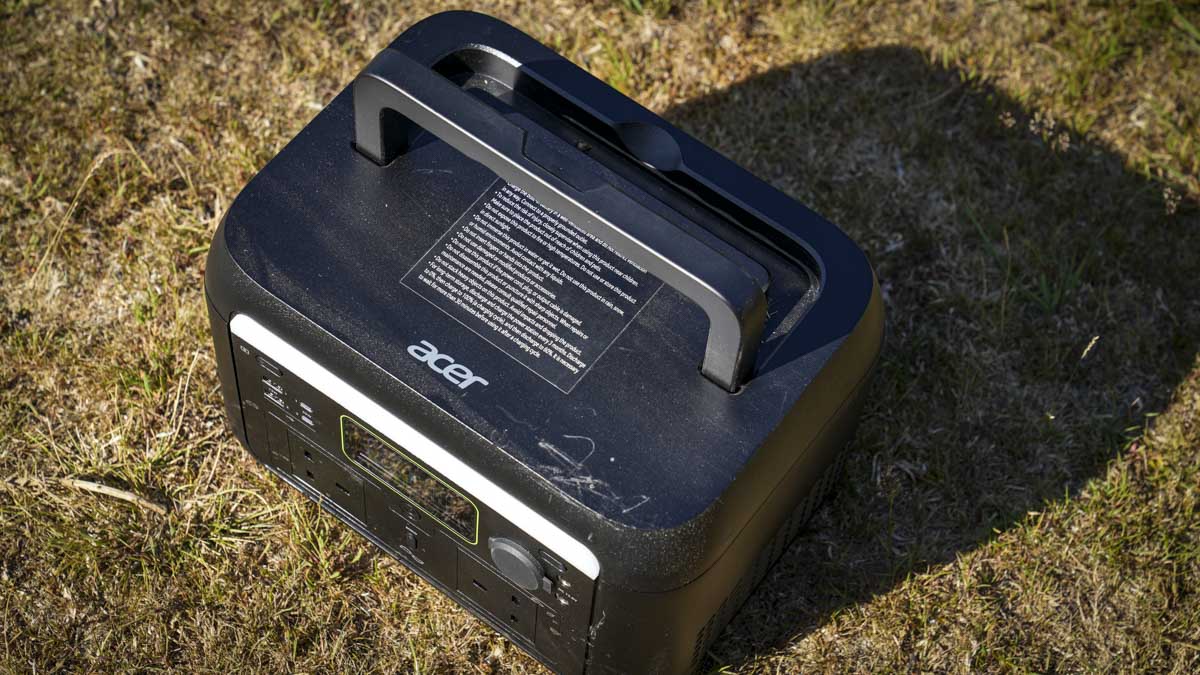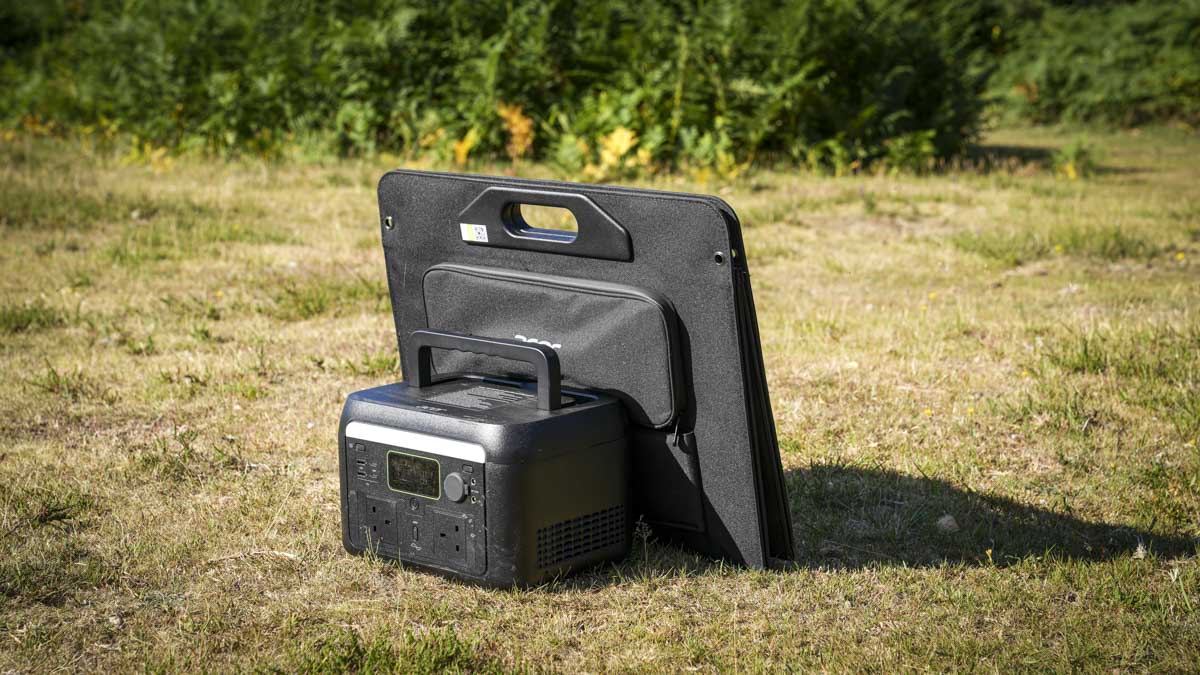The Acer 600W portable power station is a relatively compact option for taking AC and DC power out in the field. Essentially, it offers a personal array of AC and DC ports as if you had a direct connection to a mains plug that you use at home, just out in the field. The DC, on the other hand, is used for the USB ports. When it comes to taking on charge, it’s also fully compatible with a solar panel, and Acer kindly sent a solar panel along with this review sample, which I’ve been using out in the field during the British summer.
One of the features that I’ll come onto later in the review, but is well worth mentioning, is that it features LIFEPO4 batteries. These are far more robust than previous generations of lithium-ion batteries, lasting up to 3000 cycles, so if you have any worries about the longevity of these power stations, then that should at least help set your mind at rest.
The other thing that people get really worried about, since I last looked at a bunch of power stations last year, was how safe they are. Acer, once again, being a huge manufacturer, has plenty of safeguards in place, including OTP, SCP, OCP, and OVP protection. Basically, this all just ensures everything is level and the power is safe and reliable.
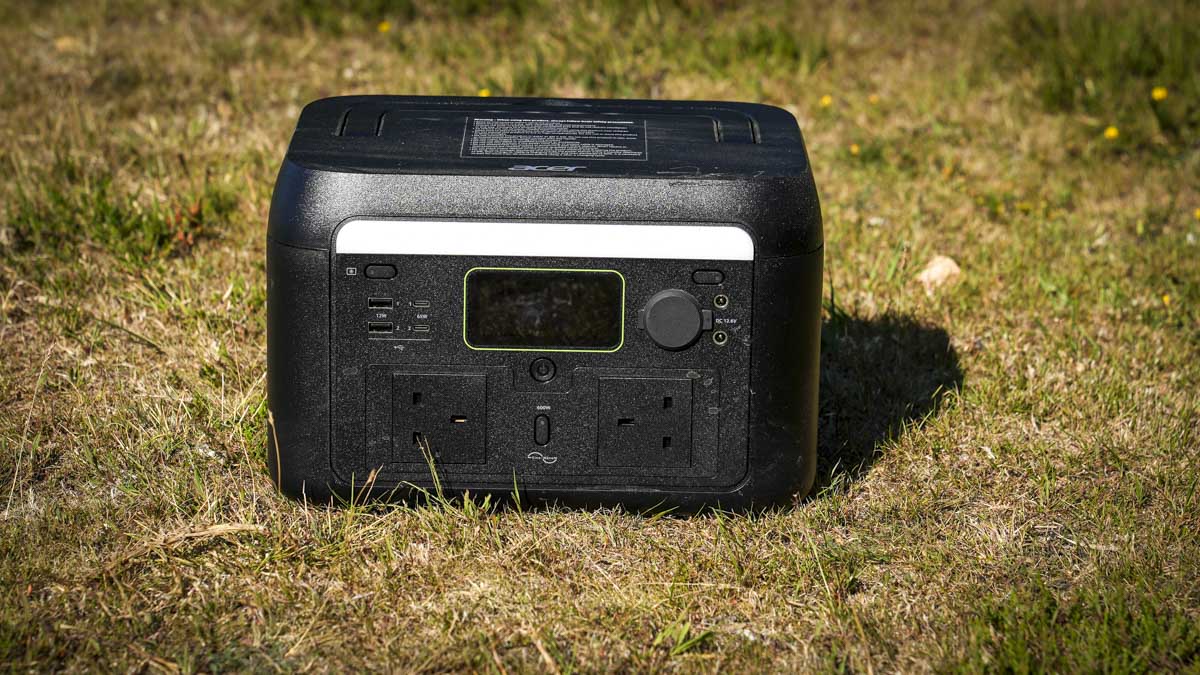
When it comes to what you can actually use the 600W power station for, there’s often a little bit of confusion about the wattage, in this case, 600W, which is the maximum output wattage that this power station can facilitate, and the capacity, which is 518Wh. This is how much actual electricity there is to charge or power other devices. So, essentially, if you have a 60W laptop, that MacBook will get up to 10 full charges. If you’re thinking about charging up your NP-FZ100 from your Sony Alpha camera, then you should get a maximum of 31 full charges, so all are very useful.
Due to the size, weight, and functionality of this particular power station, it strikes a balance between being relatively portable and providing you with that valuable recharge capacity and the ability to run AC power devices, such as chargers, lighting and anything that you would normally run directly from AC power and wouldn’t usually be able to run when out in the field.

